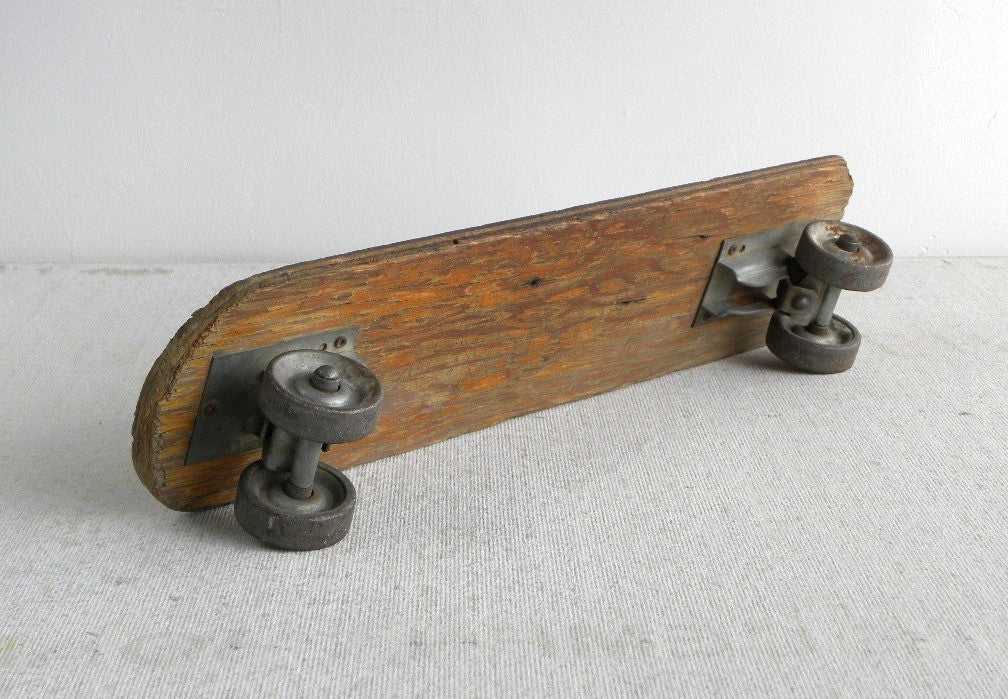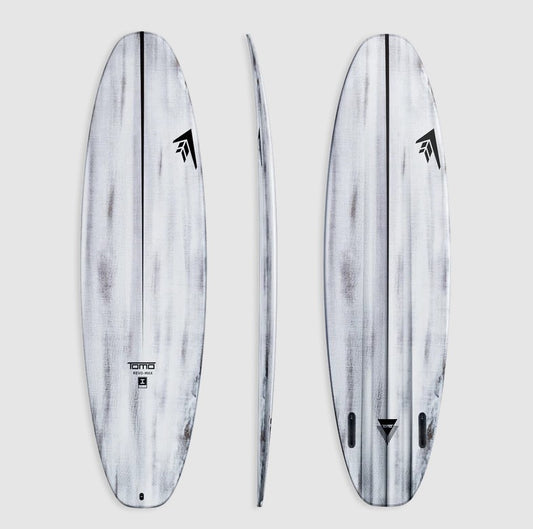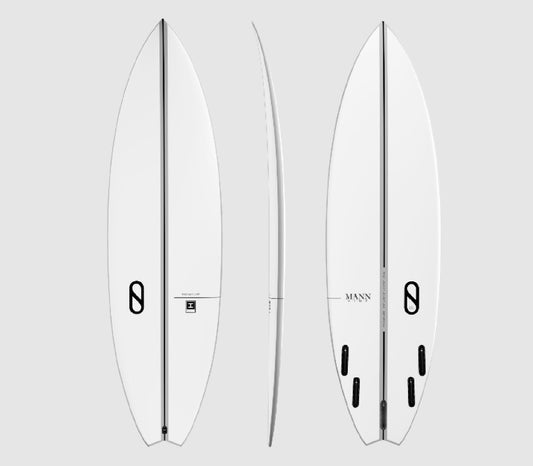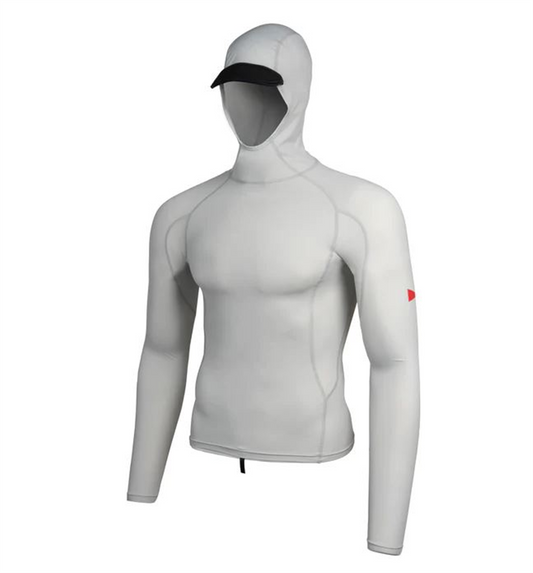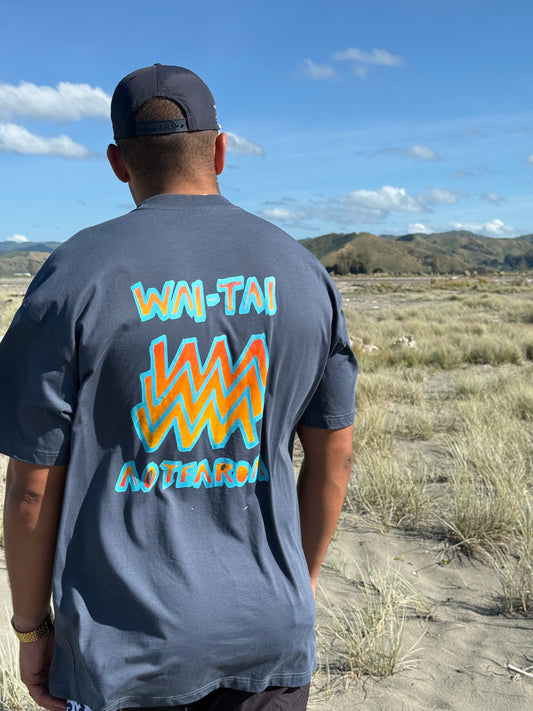Find Out More About Skateboard Decks NZ Right Here
Skateboarding is a lifestyle, a culture, and a creative outlet. It is also generally a freeride. Throughout the history of skateboarding shapes and construction has continued to evolve from very basic beginnings as surfers wanted to take to the streets. But behind every trick, every smooth carve, and every DIY ramp session is a humble plank of wood: the skateboard deck. While it might look simple, the skateboard deck has gone through an epic evolution since the 1950s. Let’s dive into the history, explore the different shapes and materials, and celebrate the legends who shaped modern skateboarding.
🌱 A Brief History of the Skateboard Deck
➤ 1950s–1960s: The Birth of Skateboarding
Skateboarding emerged in California during the 1950s as “sidewalk surfing.” Early decks were often homemade, literally crafted by attaching roller skate wheels to wooden planks. These primitive boards were flat, narrow, and difficult to control, but they sparked the beginning of something big.

➤ 1970s: The First Revolution
In the 1970s, skateboarding exploded in popularity. Companies like Bahne and Makaha started producing mass-market boards. The key evolution? The introduction of urethane wheels by Cadillac Wheels in 1973, making skating smoother and safer.
Deck shapes also began to change. Riders wanted more control, so kicktails (the upward curve on the back of the board) were introduced. Boards became wider, usually around 7–9 inches, to offer more surface area for better stability. Brands like Powell Peralta and Santa Cruz started pushing the envelope in graphics, marketing, and design.

➤ 1980s: Old-School Era and Vert Ramps
Skating hit big in the 80s, particularly with vert and pool skating. Decks became even wider, often with a flat nose and a steep kicktail, ideal for aerial tricks and coping grinds. This is the era of iconic boards from the Bones Brigade (including Tony Hawk, Rodney Mullen, and Steve Caballero), each with signature shapes and wild graphics.
Wood was still the dominant material—usually 7-ply maple—but experimentation began with plastic edges, rails, and copers.

We have some excellent Powell Peralta Re-Issues in brand new decks paying homage to this era at Blitz Surf Shop
➤ 1990s–2000s: Street Skating and Popsicle Shapes
The 1990s marked the rise of street skating, with skaters like Rodney Mullen inventing technical flip tricks. To match the style, decks evolved into the now-standard popsicle shape—symmetrical with double kicktails, perfect for switch tricks and street maneuvers.

Deck widths narrowed again to around 7.5–8.25 inches to accommodate flip tricks and lighter weight. Street skating became the dominant style globally, and deck graphics reached new artistic levels with brands like Zero, Alien Workshop, and Toy Machine.

➤ Today: Innovation Meets Heritage
Modern decks still rely on Canadian maple for its strength and pop, but there’s a wave of innovation too:
-
Carbon fiber and fiberglass layers for longevity. Some ply has waterbased glue between the layers, some has epoxy resin for more strength and pop
-
Bamboo decks for sustainability and flexibility
-
Plastic cruisers for retro aesthetics and convenience
Whether you ride vert, street, or cruise, today’s market has a deck for everyone.
🔩 Deck Materials Explained
✔️ Maple Wood (Classic Choice)
-
Most common material
-
Strong, stiff, and consistent “pop”
-
7-ply maple is the industry standard
-
Ideal for street, park, and vert

✔️ Bamboo
-
Lighter and more flexible than maple
-
Eco-friendly option with great spring
-
Best for cruisers and carving setups
✔️ Carbon Fiber & Composite
-
Found in premium decks like Powell Flight and Lithe

-
Stiffer, longer-lasting, and more resistant to breaking
-
Great for heavier riders or skaters who break decks often
✔️ Plastic (Retro Cruisers)
-
Molded in one piece with softer wheels
-
Perfect for transportation, not tricks
-
Commonly used by Penny boards and similar brands
🔥 Skateboard Deck Shapes
🧊 Popsicle (Standard Street/Trick Deck)
-
Symmetrical with concave and double kicktails
-
Ideal for street skating, park, and technical tricks

🛹 Old School / Pool Decks
-
Flat nose, fat tail, and wide body
-
Perfect for transition skating, bowls, and pools

🌴 Cruisers
-
Directional shapes with a wide front and narrow tail
-
Often paired with soft wheels for comfort
-
Built for transport, commuting, and carving

🧱 Shaped Decks / Modern Hybrids
-
Asymmetrical designs combining old-school flair with modern specs
-
Popular in DIY scenes and creative setups
🎯 Choosing the Right Skateboard Deck
Ask yourself:
-
What’s your style? (Street? Park? Transport?)
-
How tall are you / what’s your shoe size? Bigger feet often prefer wider boards.
-
How much control do you want? Narrower = easier tricks; wider = more stable.
👉 Street Skater? Go for a 7.75"–8.25" popsicle deck
👉 Ramp Rider or Old-School Fan? Try an 8.5" old-school pool deck
👉 Commuter? Choose a bamboo cruiser for a smooth, flexy ride
👑 Skateboarding Pioneers Who Shaped Deck Design
-
Tony Hawk: His vert dominance pushed the evolution of wider decks with better concave.
-
Rodney Mullen: Invented kickflips, heelflips, and countless tricks—necessitating the rise of symmetrical decks.
-
Mark Gonzales ("The Gonz"): Revolutionised street skating and popularised creative deck shapes.
-
Natas Kaupas: Early street innovator who influenced deck graphics and artistic flair.

-
Bones Brigade: Their pro models defined an entire generation of deck design.
📍 Where to Buy Skateboard Decks in NZ
Looking for a new setup or just geeking out over tech specs? Blitz Surf Shop has a rotating lineup of skateboard decks in NZ, including old-school, popsicle, and cruiser shapes. Whether you're just starting or you're hunting down your next trick machine, we’ve got the gear and know-how to help.
🛒 Shop online or drop by our Gisborne store to chat setups, browse decks, or ask our crew anything skate-related.
💬 Final Thoughts
The skateboard deck isn’t just wood—it’s a tool of expression, freedom, and progression. Whether you're hitting rails or bombing hills, knowing your board inside out helps you skate better and shop smarter.
Blitz Surf Shop is here to back every ride.
